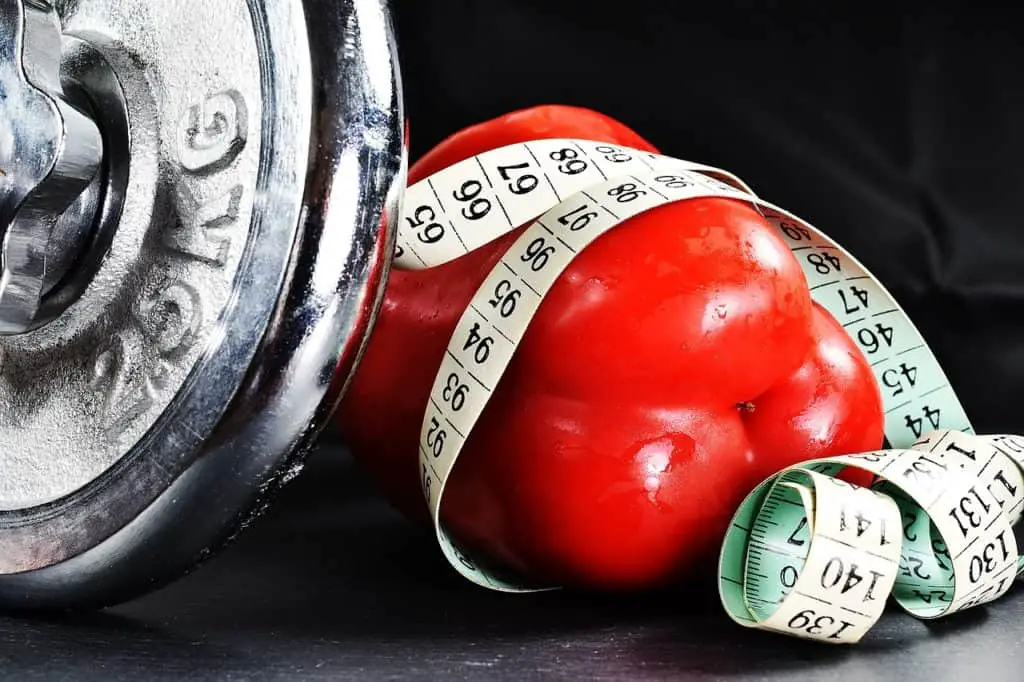What is the Total Daily Energy Expenditure (TDEE)? Total Daily Energy Expenditure is the number of calories that the body burns in one day. This includes all your daily activities.
Our bodies require energy to carry out various life-sustaining functions and the activities of daily living. The energy that your body needs to maintain its vital organic functions is usually obtained through the oxidation of macro-nutrients from the food you consume.
There are 3 main aspects that determine the total daily energy expenditure. These are basal metabolic rate, activity energy expenditure, and the thermic effect of food.
Your BMR refers to the energy you expend when you are resting in a post-absorptive state. This means when you are not digesting food.
It is a measurement of the energy per unit you need to carry out bodily processes. This includes breathing, body temperature regulation, blood circulation, brain/nerve function, cell growth, and muscle contraction.
The thermic effect of food is an increase in energy expenditure due to food digestion, absorption, and storage.
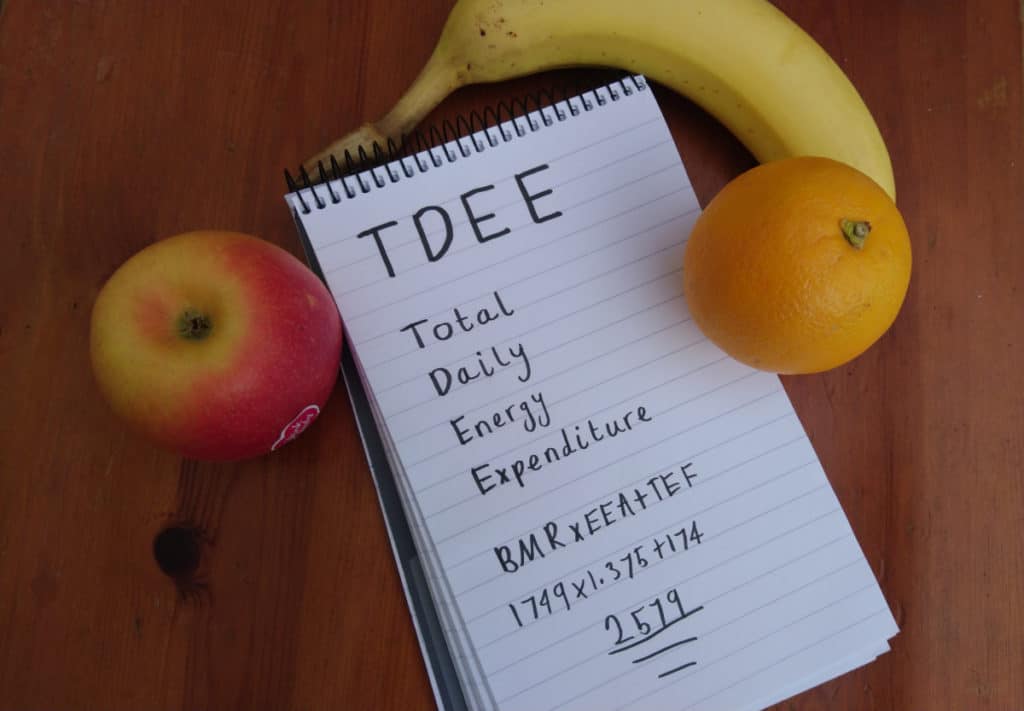
How to Calculate/Measure Your Total Daily Energy Expenditure
You can use the below formula to calculate your TDEE or use a TDEE calculator.
My calorie calculator also calculates your Total Daily Energy Expenditure.
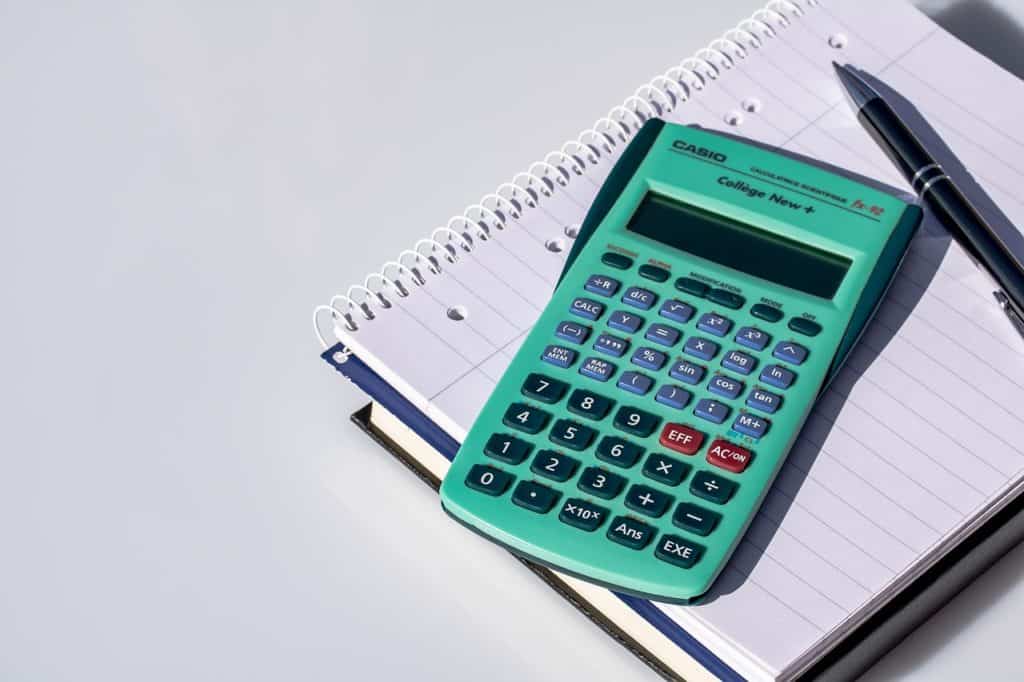
The simplest way to calculate your TDEE is to account for the three aforementioned components.
Your TDEE is simply an aggregate of your BMR, energy expenditure of activity (EEA), and thermic effect of food (TEF).
It is easier to view it like this (BMR x EEA + TEF).
I will now go into detail on how to work out your BMR, EEA, and TEF. I will also show you an example calculation.
Calculate Your BMR
There are three main formulas for calculating your BMR from physiological measurements and observations. These are the Harris-Benedict, Katch-McArdle, and Mifflin St Jeor formula.
If you would like to know more about Basal Metabolic Rate (BMR), I’ve written an article about BMR.
The Harris-Benedict Formula
For this formula. B is your BMR, K is your mass (kg), C is your height (cm) and Y is your age (years).
For Men:
B = (13.397K/1 + 4.79C/1 – 5.67Y/1 + 88.36) kcal per day
For Women:
B = (9.247K/1 + 3.09C/1 – 4.33Y/1 + 447.59) kcal per day
The Mifflin St Jeor Formula
The Mifflin St Jeor Formula is a more accurate BMR prediction equation than the Harris-Benedict. For this equation. B is your BMR, K is your mass (kg), C is your height (cm) and Y is your age (years).
B = (10.0K/1 + 6.25C/1 – 5.0Y/1 + t) kcal per day, where t is -161 for females and +5 for males.
It is worth noting that there is a notable difference in metabolism when lean body mass and body fat are factored in.
The above formulas only utilize bodyweight parameters. If you want to consider these two extra factors for a more accurate BMR measurement. You can use the Katch-McArdle formula.
The Katch-McArdle Formula
For this formula. B is your BMR, L is your lean body mass (kg), K is your mass (kg), and BF. BF is your body fat percentage.
B = 370 + (21.6 x L), where L = k(1 – bf/100)
My calorie calculator also calculates your BMR.
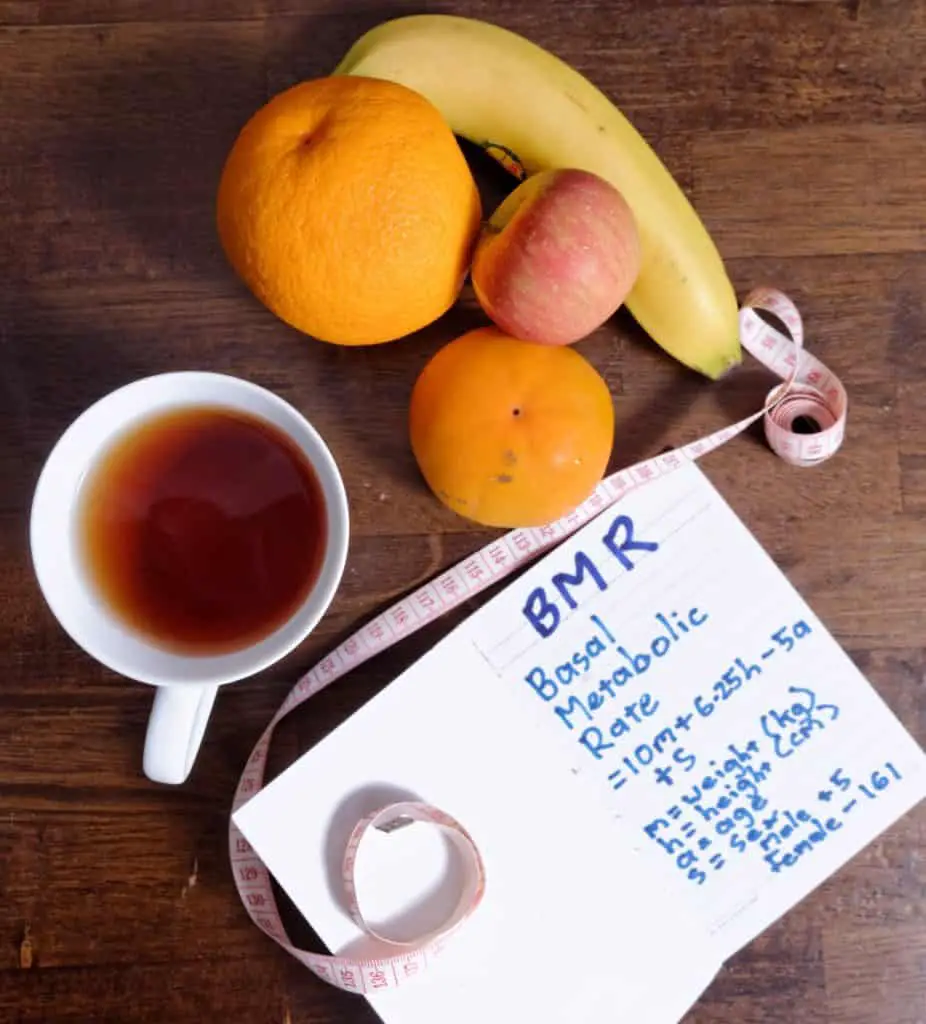
Measure Your Energy Expenditure of Activity
Activity expenditure is the most adjustable of the three components of your TDEE. The aforementioned Katch-McArdle formula includes several multipliers that you apply to your BMR.
The multipliers are based on your level of activity:
- Sedentary – No or very little activity (1.2).
- Light Activity – More light activity 1-3 days/week (1.375).
- Moderate Activity- The moderate activity 3-5 days in a week (1.55).
- Very Active – strenuous activity 6-7 days in a week (1.725).
- Extra Active – very strenuous activity or physical occupation 6-7 days every week (1.9).
Calculate Your Thermic Effect of Food
There is no simple definitive method to determine how many calories your body expends while digesting and absorbing food.
The general formula involves multiplying the total amount of calories you consume per day by 0.1(10%). This literally means that if you tend to consume 1500 calories a day. You would expend approximately 150 calories digesting your food.
Example of a TDEE Calculation
For example, let us consider a lightly active 40-year-old man. He weighs 80 kg (177 pounds) and is 183 cm (6 feet) tall. Utilizing the Mifflin Jeor formula, he would have a BMR of 1749 kcal per day.
Therefore his total daily energy expenditure would be (1749 x 1.375(light activity)) + 174 (TEF), which is 2579 calories per day.
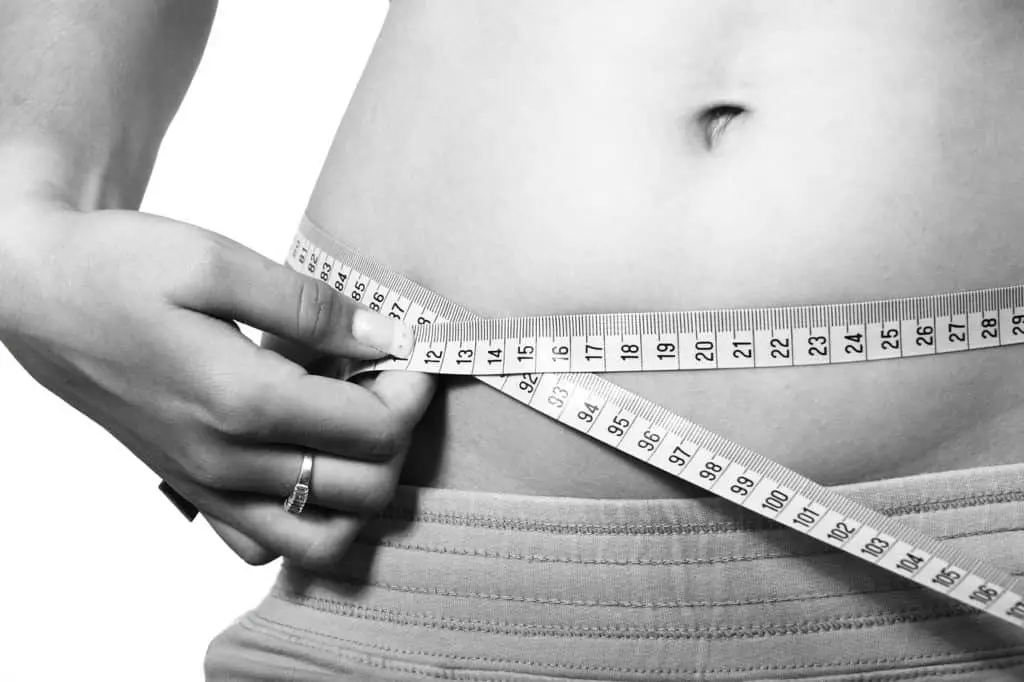
TDEE and Weight Loss
To lose weight you need to be in a calorie deficit, this means you must eat fewer calories. This can also be achieved by moving or exercising more.
It’s recommended to be in a calorie deficit and exercise for the best results.
To lose a pound of fat a week you need to consume 3500 less per week. This works out to 500 calories per day.
When you’re trying to lose weight, you need to make sure it is fat and not muscle that you lose. The more muscle you have the more calories you burn.
Research has shown that 1 pound of muscle burns 10 calories per day. 1 pound of fat only burns 2 -3 calories per day.
How can knowing your total daily energy expenditure help you lose weight?
Once you have worked out your TDEE and know how many calories you require per day. You can take this number and then subtract 500 calories.
For example
Let’s say your TDEE is 2500 calories, to be in a calorie deficit you simply deduct 500 calories. This would mean you would need to consume 2000 calories per day to lose 1 pound of fat per week.
Of course, these figures are just a starting point. You might have to adjust them depending on how your weight loss is going.
I recommend you track your progress weekly, this allows you to adjust your calories. If you start to notice you’re losing too much weight you can increase your calories. If you’re not losing any weight, then you reduce your calories.
Try adjusting your calories by 50 – 100 at a time. In the first few weeks, you might lose more than 1 – 2 pounds per week. This is ok.

TDEE and Building Muscles
In the same way that knowing your TDEE will help you lose weight, it can also help to build muscle.
To build muscles you must be in a calorie surplus. When you’re trying to build muscles, you will also be putting on some fat. You will also need to be following a weight training program.
When it comes to bulking you will want to increase your calories by 200 – 500 calories per day. Bulking is the term used for building muscles.
Whilst bulking you want to keep your fat gain to a minimum. What your after is the lean gains, clean bulking.
On average whilst on a proper clean bulk, you should be gaining muscle and body fat at a ratio of about 1:1. So for every 1 pound of Muscle added you will also add 1 pound of fat.
Whilst bulking you want to aim for between 0.5 to 1 pound. Any more than that, and you will be gaining too much fat.
If you’re new to weight lifting, you could see your weight increase by 2 -3 pounds per week. This should settle down to 0.5 to 1-pound weight gain per week.
In my experience whilst on a clean bulk I gained 10 pounds, only 3 pounds of this was fat. This works out as a ratio of 3.33:1.
For Example
Let’s say your TDEE is 2500 calories, to be in a calorie surplus you simply add 200 – 500 calories.
This would mean you would need to consume between 2700 – 3000 calories per day
I recommend you track your progress weekly, this allows you to adjust your calories. If you’re not gaining weight, try increasing your calories by 100 at a time. Until you start to gain between 05 – 1 pound per week.
Can You Increase Your Energy Expenditure?
The simple answer is yes you can increase your Total Daily Energy Expenditure.
There are pills and supplements out there that could increase your metabolism, which would increase your TDEE.
But before you reach for those diet pills there are a couple of things you should try first.
- Exercise, increase your TDEE as this increases your activity level. As we’ve mentioned under the Measure Your Energy Expenditure of Activity section. Your activity levels are taken into account when calculating your Total Daily Energy Levels.
- Building muscles, as we’ve already mentioned that a pound of muscle burns 10 calories per day. You don’t have to look like a bodybuilder, just 5 to 10 pounds could make a difference. The more muscle you have the more this will speed up your metabolism and increases your BMR.
What’s the Difference Between TDEE and BMR?
TDEE and BMR are both calculated in calories. The difference is that BMR is the number of calories your body burns at rest. And the TDEE is your BMR and the additional calories you use through exercise and eating.
Your TDEE provides you with the number of calories you require to maintain your current weight. From here you can work out the calories required for gaining or losing weight.
You never want to consume less than your BMR, as this is the number of calories your body requires to function. If you do consume fewer calories than your BMR for an extended period, you may start feeling unwell.
Also, you will stop losing weight as your body will go into starvation mode.
Conclusion
Overall, determining your total daily energy expenditure is very important if you need to create a diet plan. Using a diet plan will enable you to maintain, lose, or gain weight.
As such, this number serves to help you with healthy weight management by balancing your caloric intake and caloric expenditures. And It is also an important variable in clinical and nutritional studies.


